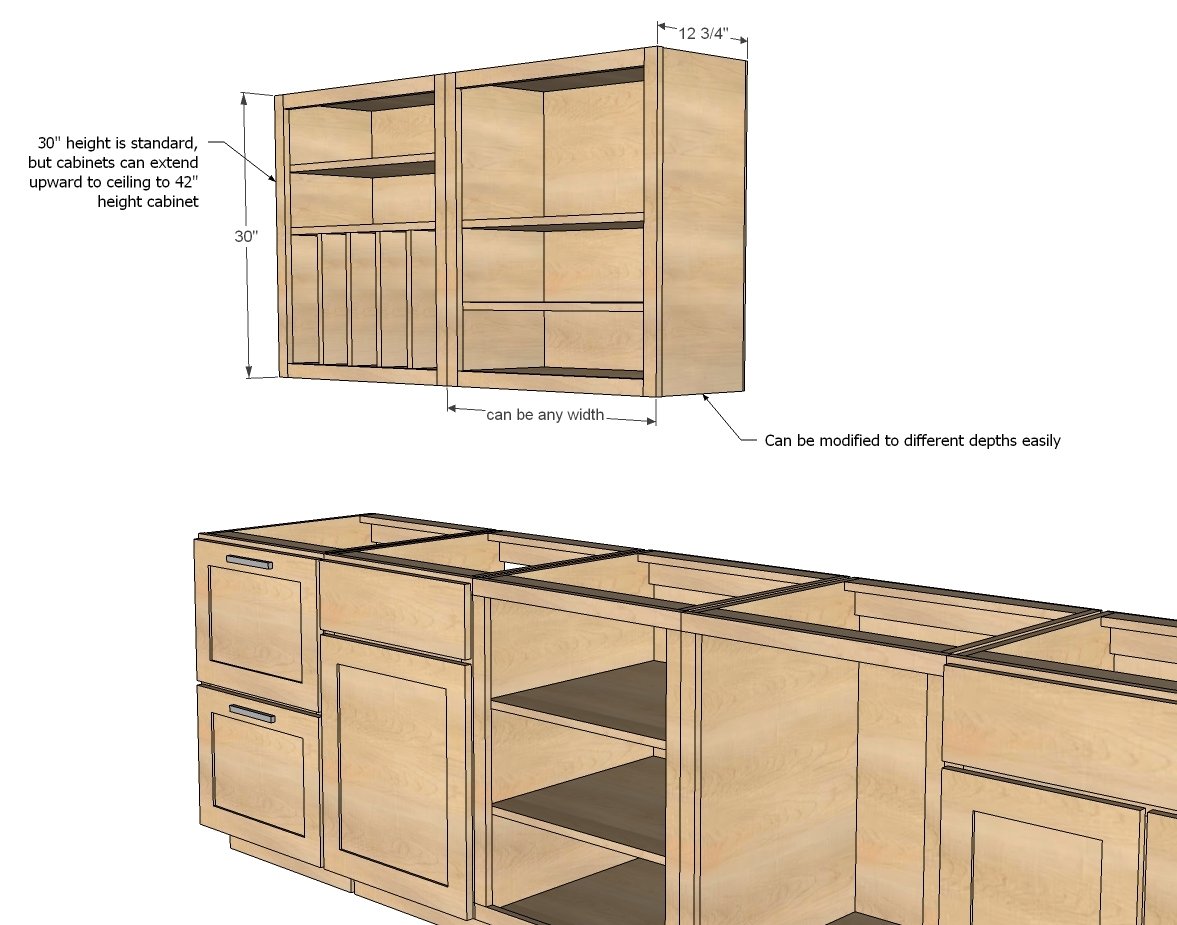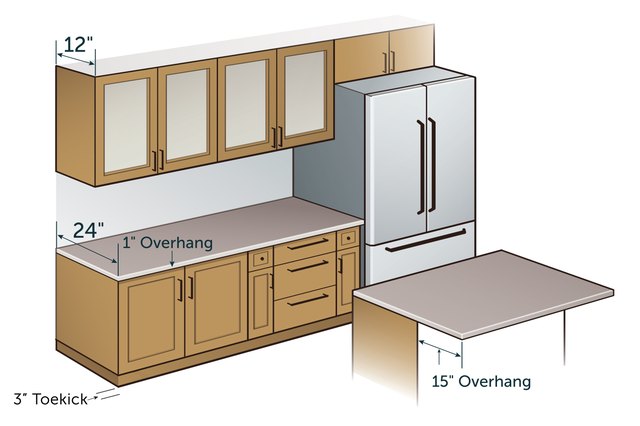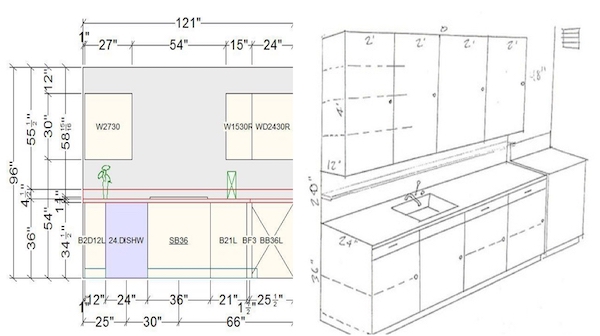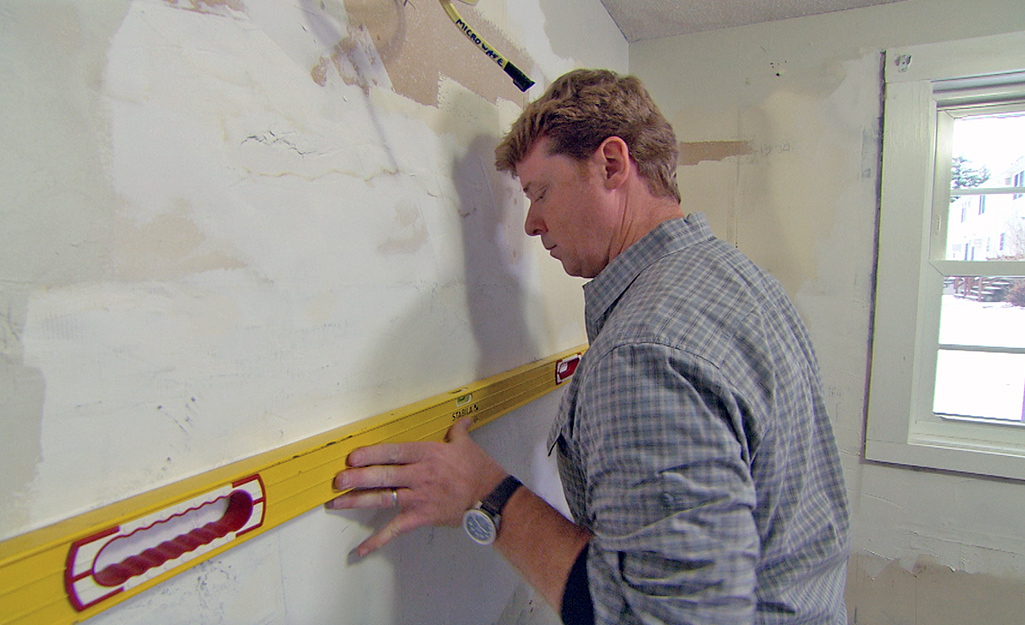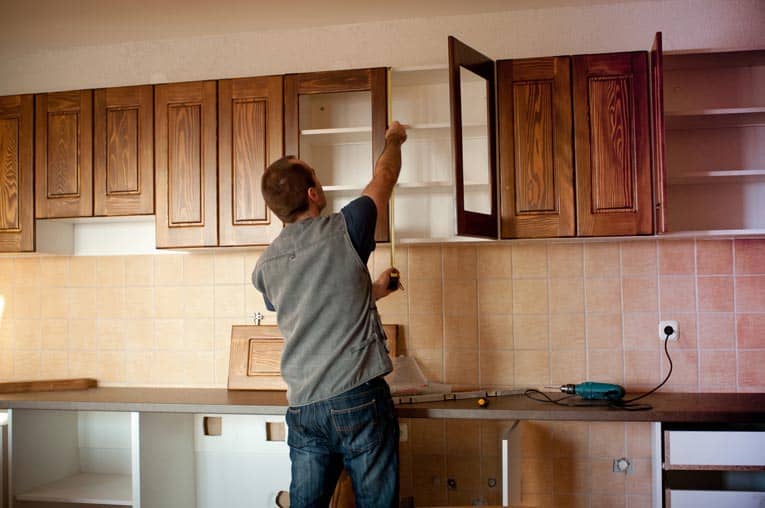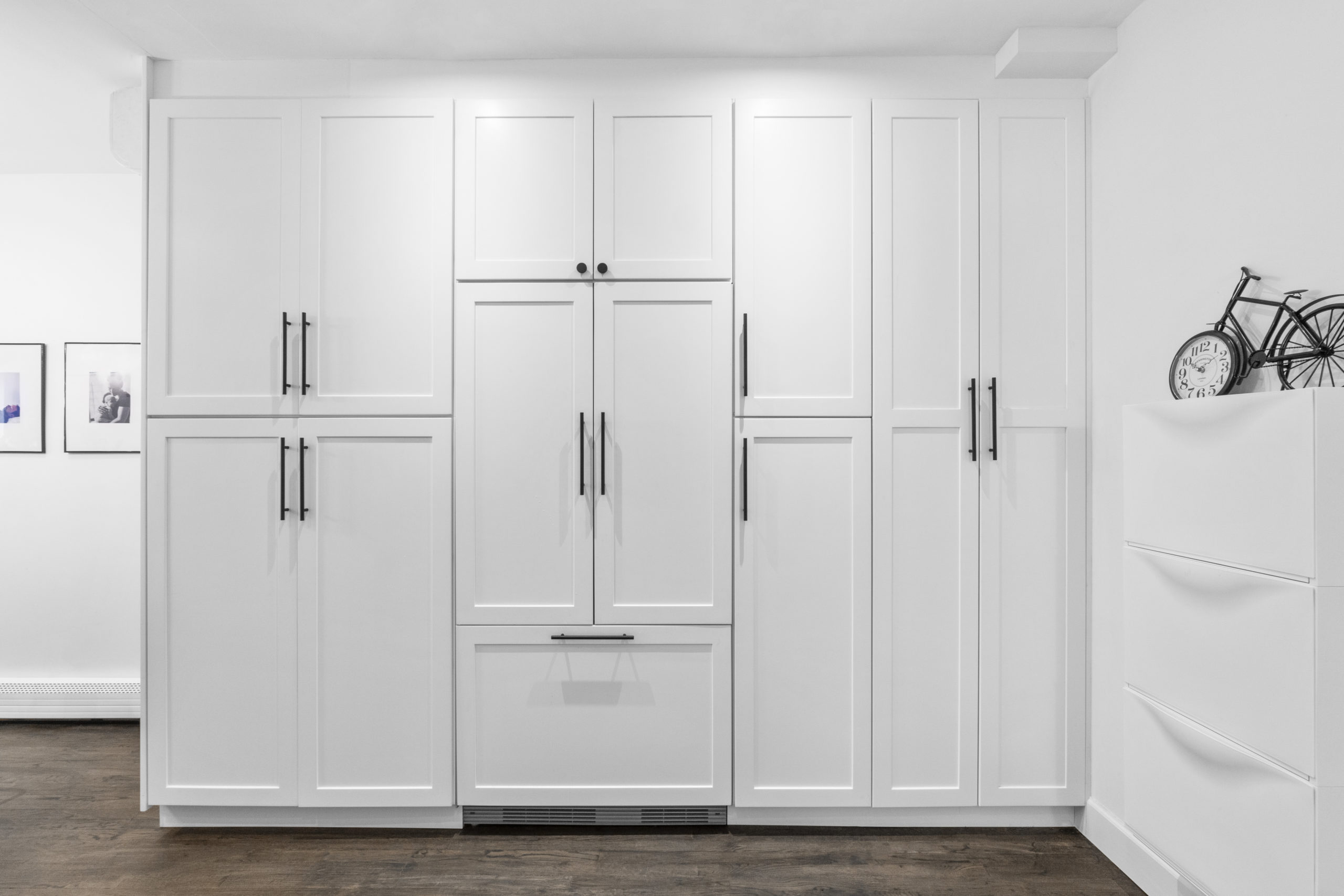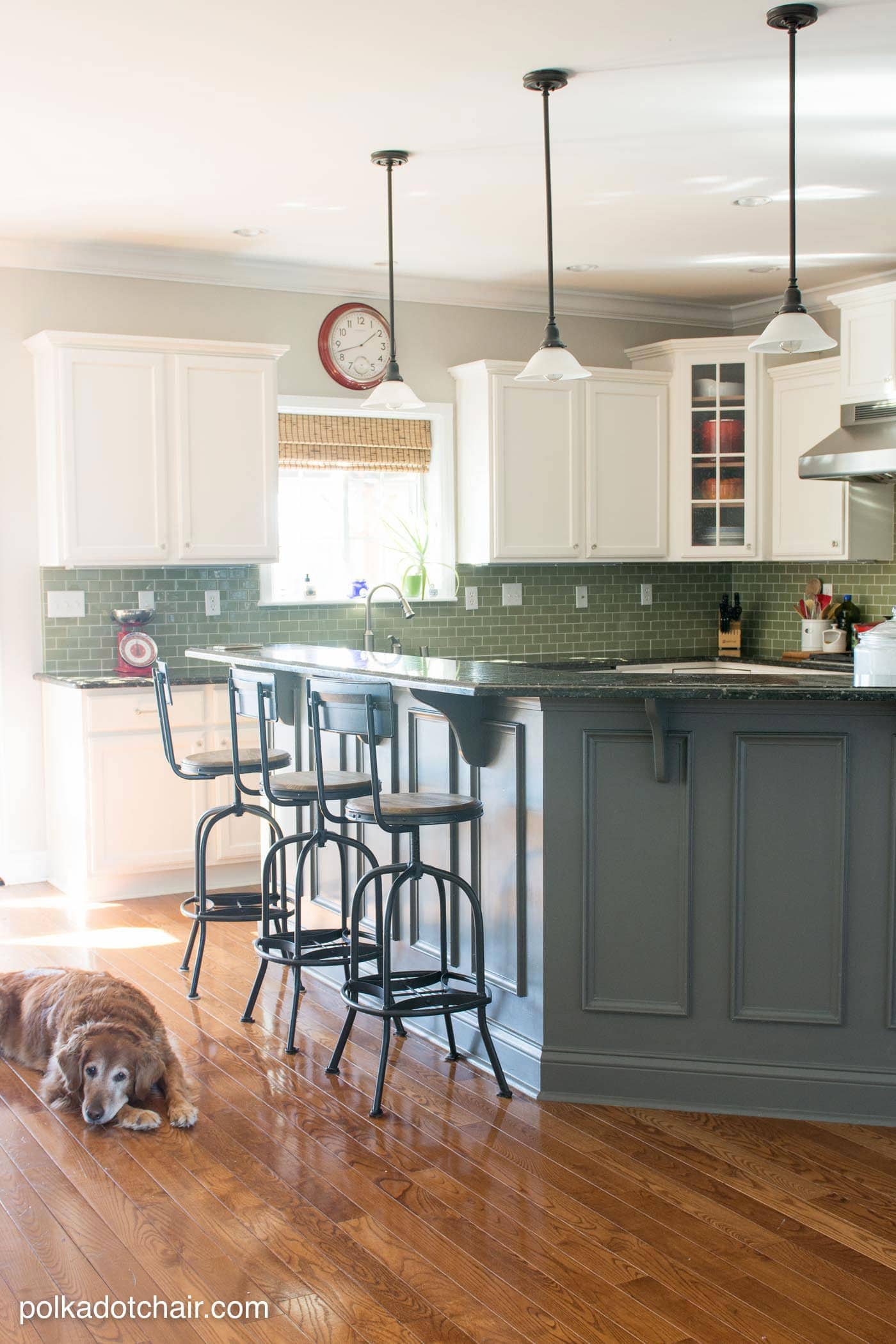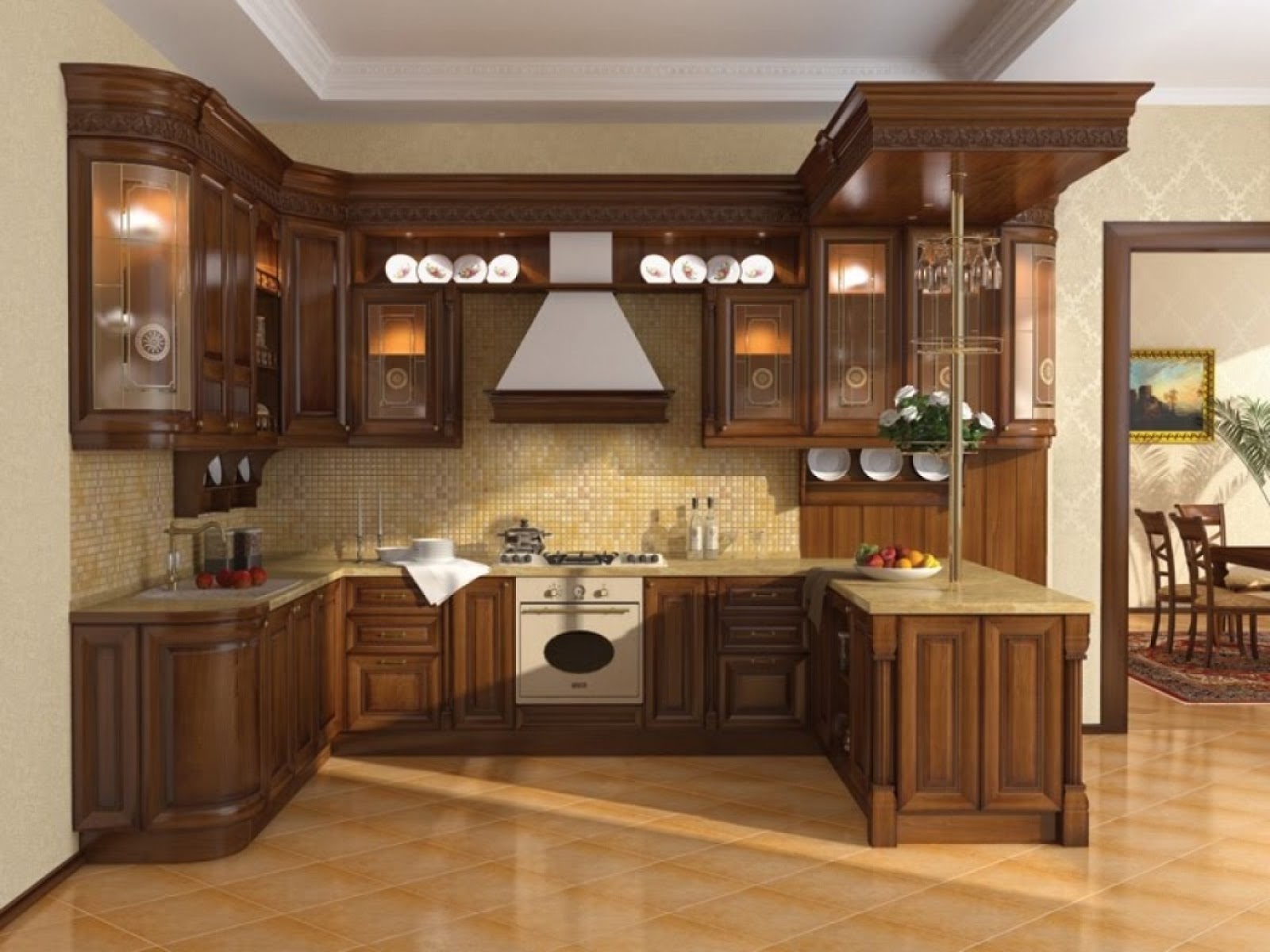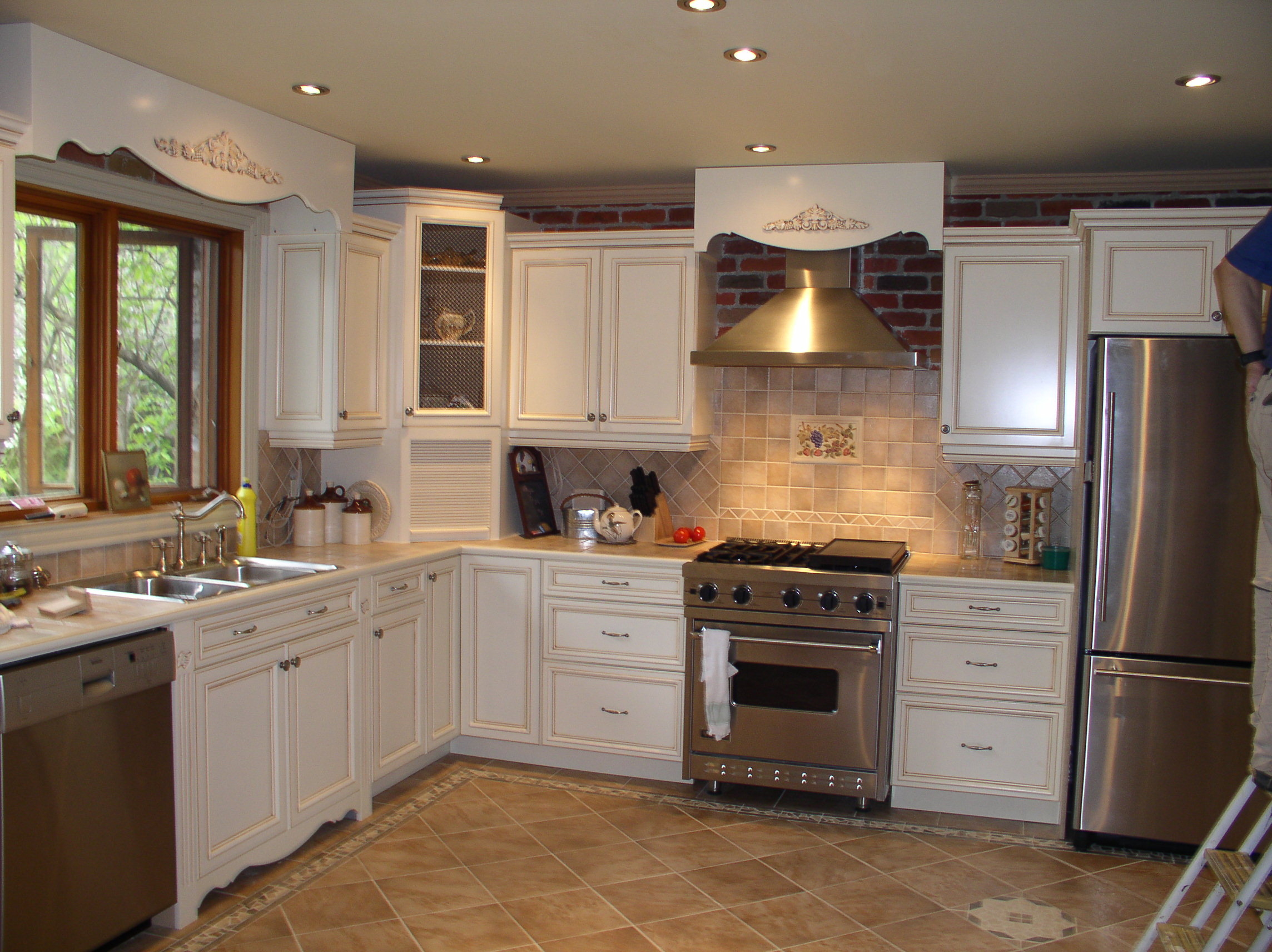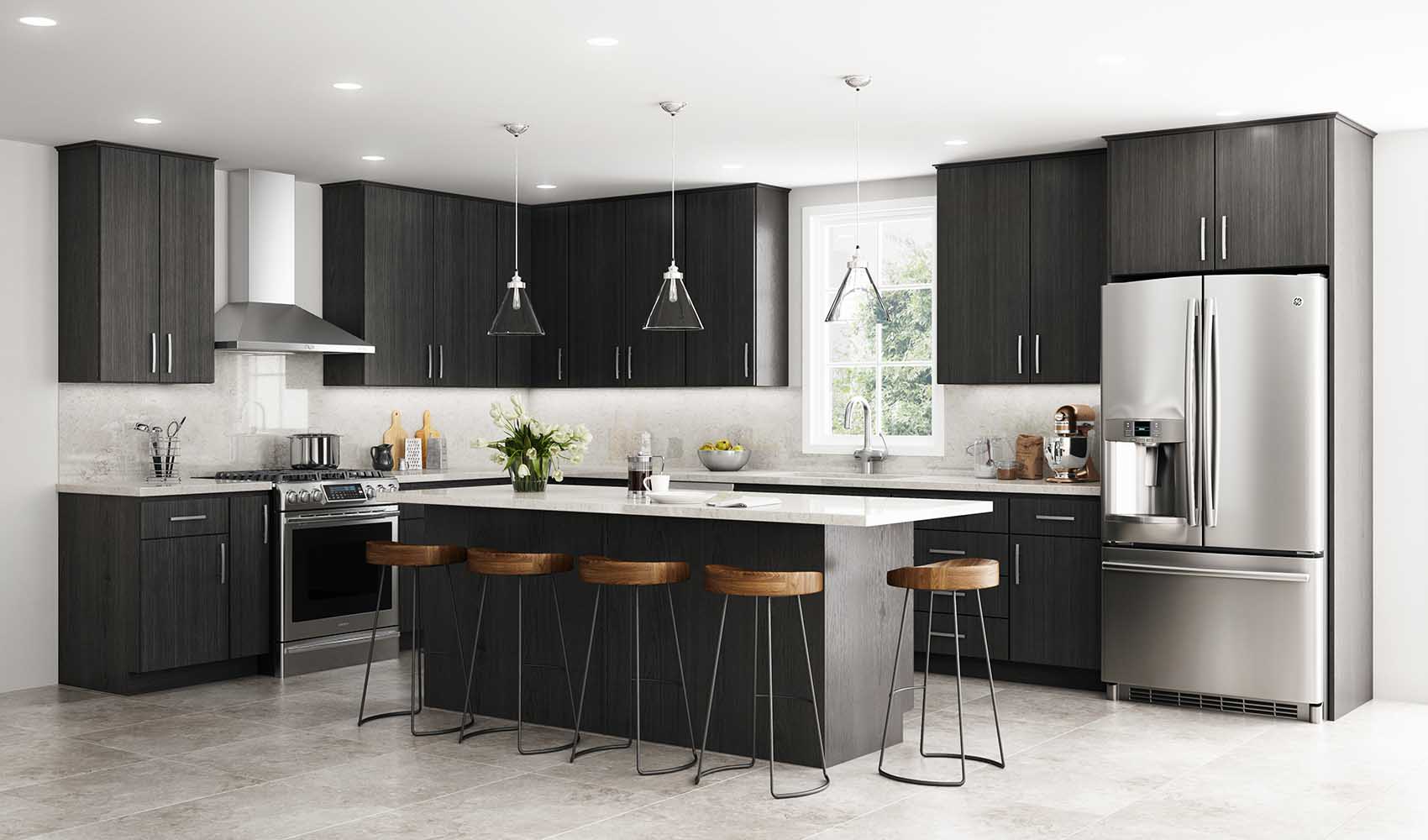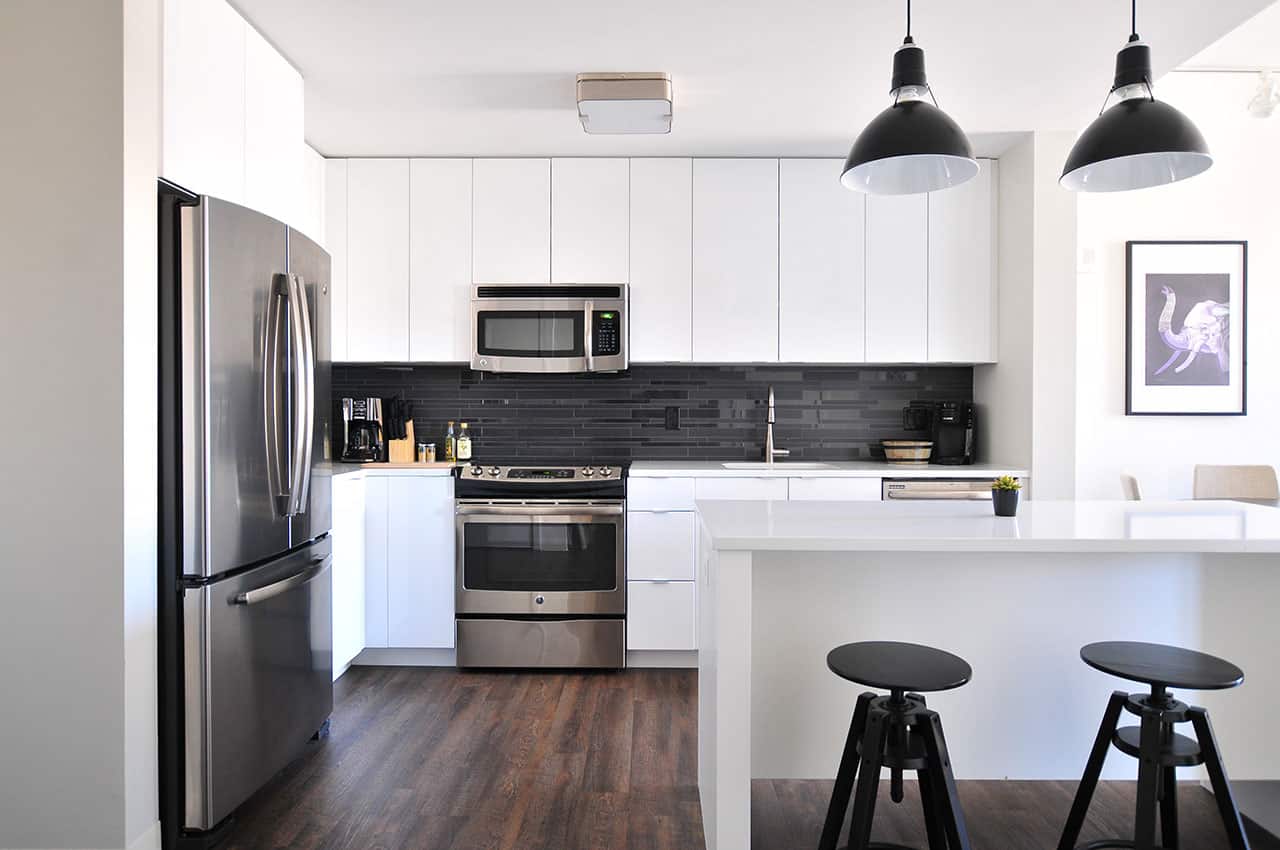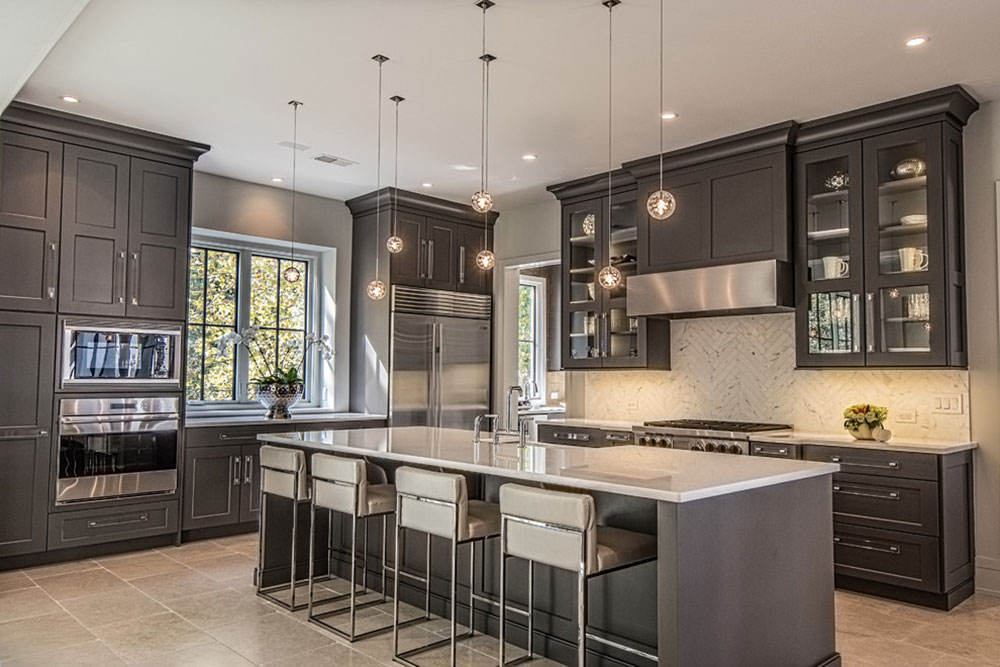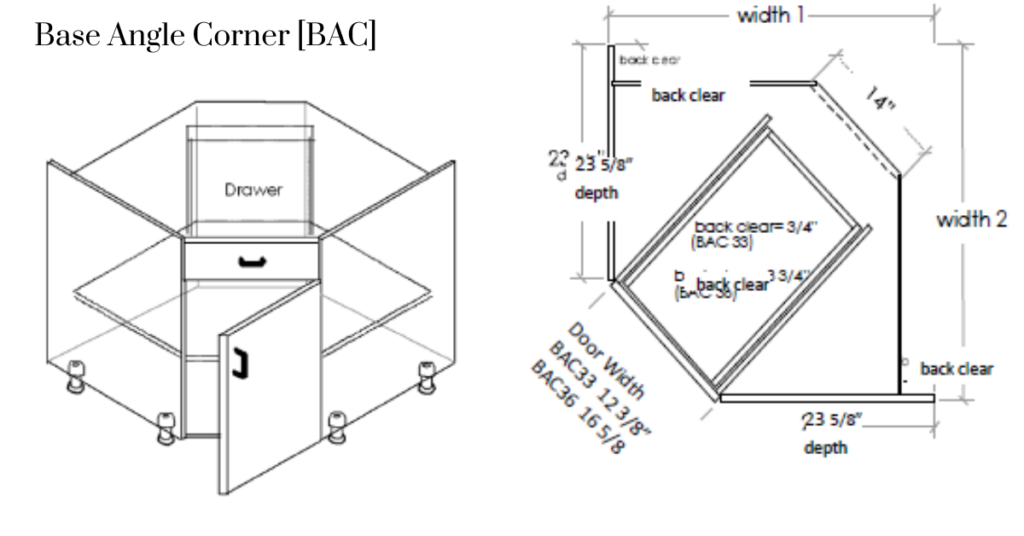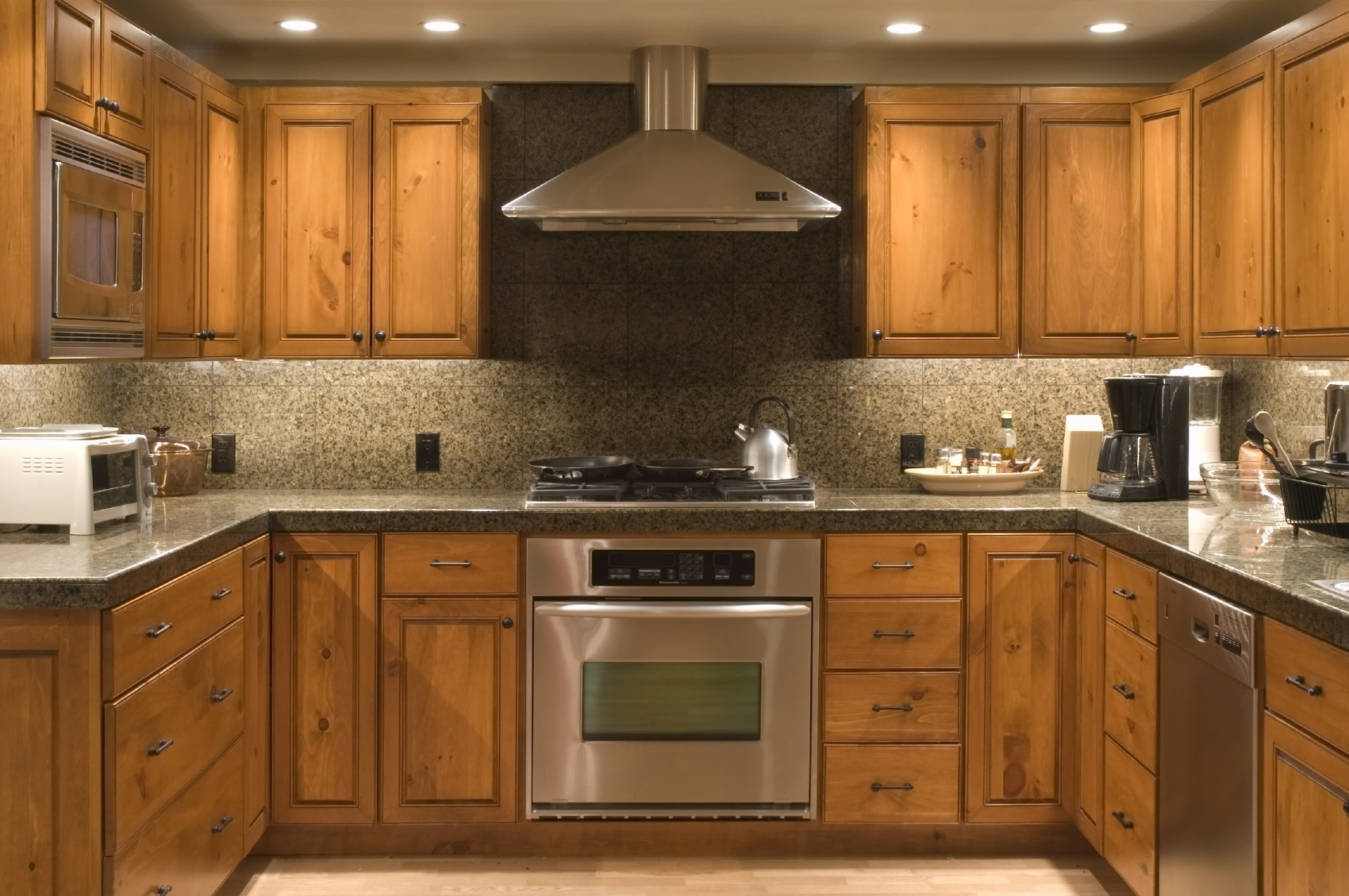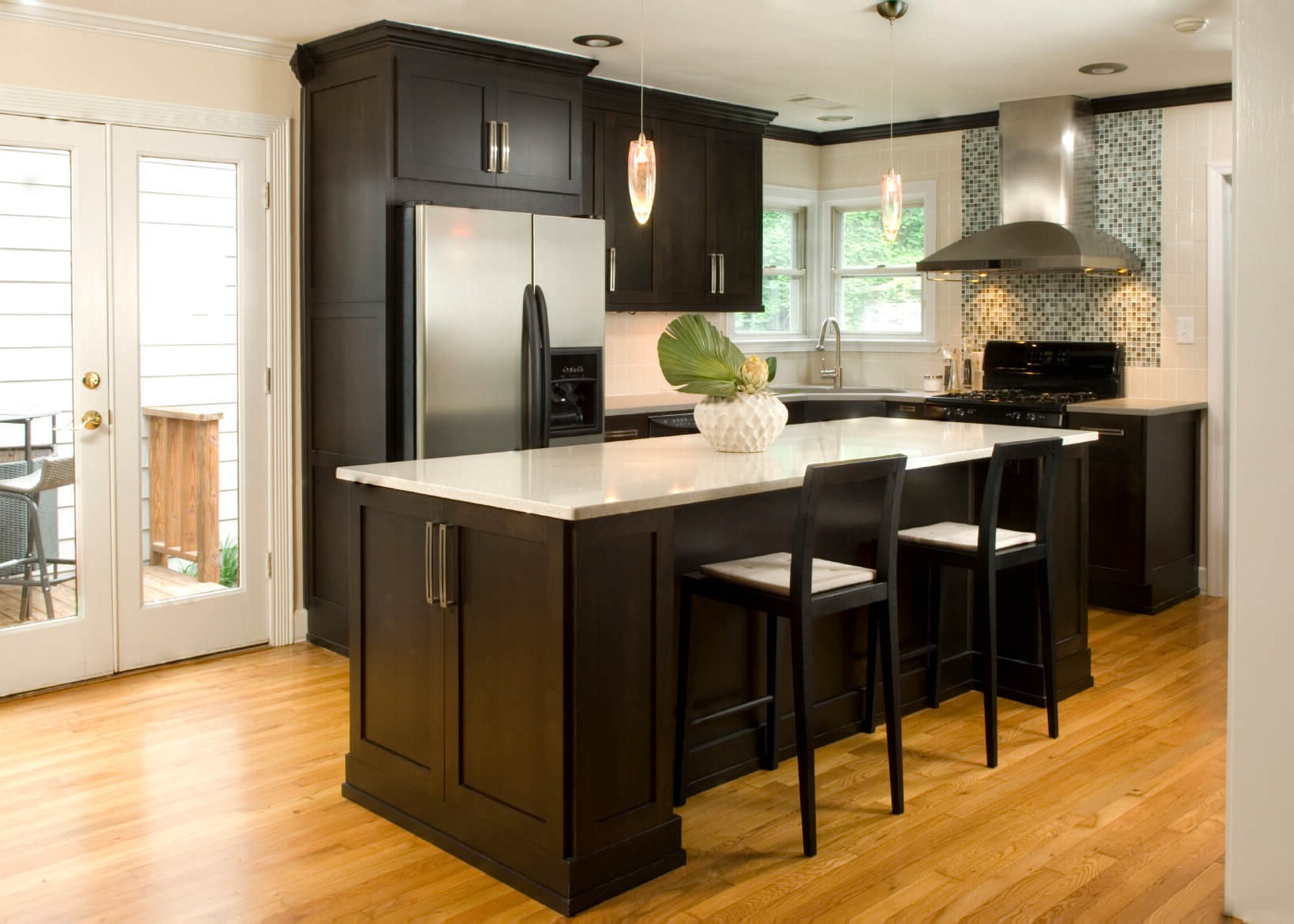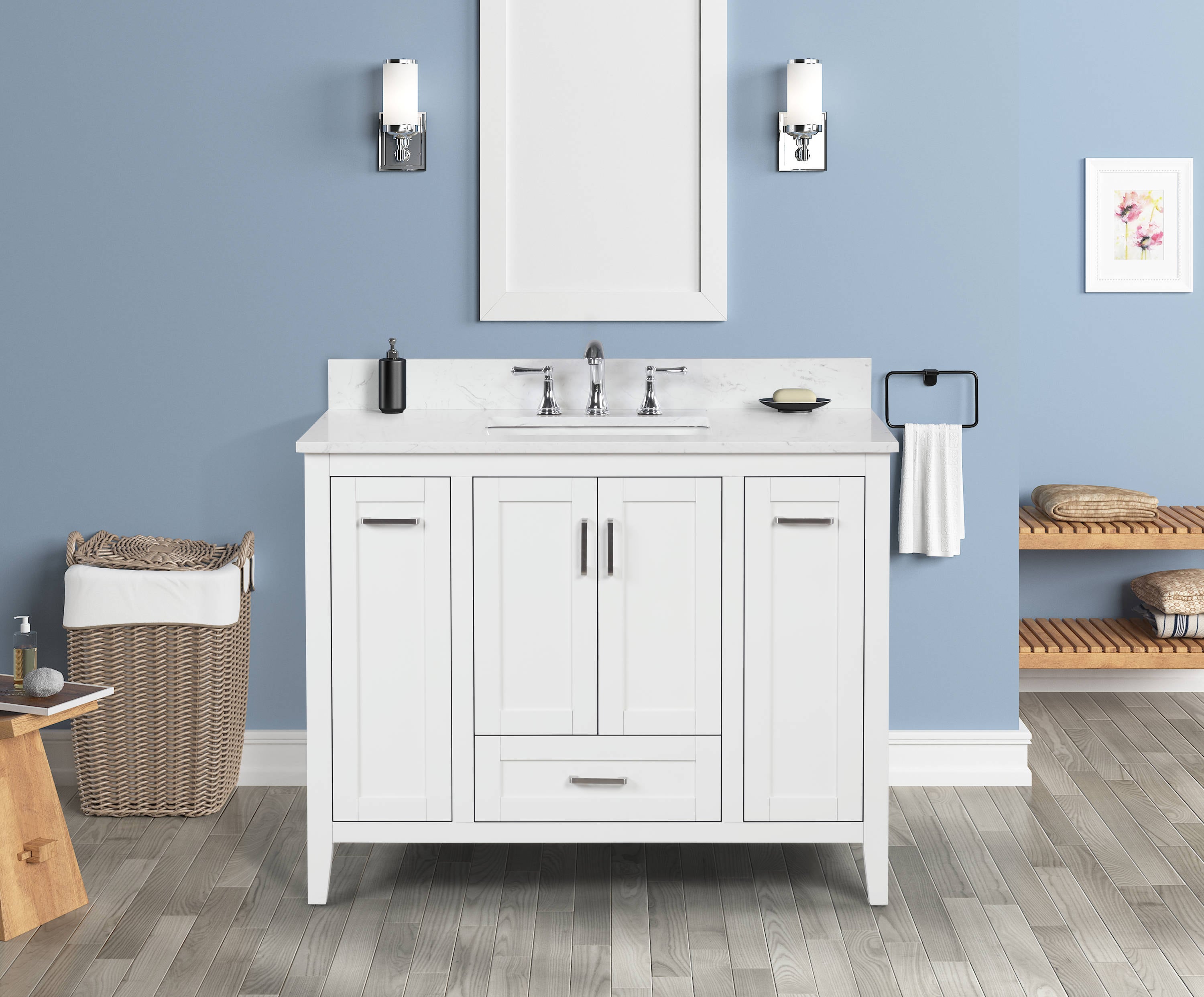When it comes to designing your dream kitchen, one of the most important elements to consider is the size and shape of your kitchen cabinets. These cabinets not only provide essential storage space, but they also contribute to the overall aesthetic of your kitchen. To ensure that your kitchen cabinets fit seamlessly into your design, it's crucial to understand standard kitchen cabinet dimensions. The standard height for base kitchen cabinets is 34.5 inches, while the standard width can vary from 9 inches to 48 inches, depending on the specific cabinet. Wall cabinets have a standard height of 30 inches and a standard depth of 12 inches. However, the standard width for wall cabinets ranges from 9 inches to 36 inches, making them a bit narrower than base cabinets.Standard Kitchen Cabinet Dimensions
Before you start shopping for kitchen cabinets, it's essential to measure your kitchen space accurately. This will help you determine the right size and type of cabinets to fit your kitchen layout. To measure for kitchen cabinets, you'll need to measure the width, height, and depth of your available space. For width, measure from wall to wall, making note of any obstacles like windows or doors. For height, measure from the floor to the ceiling, taking into account any crown molding or other decorative elements. Finally, for depth, measure from the back wall to the front of your countertops. These measurements will help you determine the perfect size and type of cabinets for your kitchen.How to Measure for Kitchen Cabinets
Wall cabinets are an essential part of any kitchen design, providing additional storage space for dishes, glasses, and other kitchen essentials. When choosing wall cabinets, it's crucial to consider their size and dimensions to ensure a perfect fit in your kitchen. The standard height for wall cabinets is 30 inches, while the standard depth is 12 inches. However, you can also choose between 12-inch and 24-inch deep cabinets, depending on your storage needs. The width of wall cabinets ranges from 9 inches to 36 inches, with 36-inch cabinets being the most common size. However, custom sizes are also available for a more personalized fit.Wall Cabinet Sizes and Dimensions Guide
When it comes to the depth of your kitchen cabinets, there is a minimum requirement that you should keep in mind. The minimum depth for kitchen cabinets is 12 inches, as this allows for standard countertop depth and provides enough space for most kitchen essentials. However, if you have a smaller kitchen or need to save space, you can opt for 9-inch deep cabinets. It's important to note that certain appliances, such as refrigerators and dishwashers, may require a deeper cabinet to accommodate their size. In these cases, you may need to adjust the depth of your cabinets accordingly.Minimum Depth for Kitchen Cabinets
When it comes to wall cabinets, the standard depth is 12 inches. However, you can also choose between 12-inch and 24-inch deep cabinets, depending on your storage needs. Some homeowners may prefer 24-inch deep cabinets for extra storage space, while others may opt for 12-inch deep cabinets to save space in their kitchen. It's important to consider the items you plan to store in your wall cabinets when deciding on the depth. For example, if you plan to store large serving dishes or appliances, you may want to opt for deeper cabinets. If you only plan to store small items, a shallower cabinet may suffice.Wall Cabinet Depth
The standard depth for both base and wall kitchen cabinets is 12 inches. However, as mentioned earlier, you can also choose between 12-inch and 24-inch deep cabinets to better suit your storage needs. It's essential to consider your kitchen layout and storage needs when deciding on the depth of your cabinets. Additionally, you may also want to consider the depth of your countertops when choosing the depth of your kitchen cabinets. For a more streamlined look, you may want to ensure that your countertops and cabinets are the same depth.Standard Kitchen Cabinet Depth
Wall-mounted kitchen cabinets are a great way to maximize storage space in your kitchen while also adding a stylish and modern touch. Installing these cabinets may seem like a daunting task, but with the right tools and know-how, it can be a relatively simple process. First, you'll need to measure and mark the height and placement of your cabinets on the wall. Then, using a level and stud finder, attach a support board to the wall to hold the weight of the cabinets. Once the support board is in place, you can begin installing the cabinets, starting from the corner and working your way out. Make sure to secure each cabinet to the support board and to each other for added stability.How to Install Wall-Mounted Kitchen Cabinets
Wall-mounted kitchen cabinets come in various sizes, styles, and finishes, making them a versatile and customizable storage option for any kitchen. If you have a small kitchen, consider using taller cabinets to maximize vertical space. You can also add glass doors to your wall cabinets to showcase your favorite dishes or add lighting inside for a more modern look. For a more unique and creative touch, consider mixing and matching different sized cabinets or adding open shelving for a more open and airy feel. The possibilities are endless when it comes to wall-mounted kitchen cabinet ideas.Wall-Mounted Kitchen Cabinet Ideas
Choosing the right depth for your kitchen cabinets is crucial in creating a functional and visually appealing kitchen. It's essential to consider your kitchen layout, storage needs, and personal preferences when deciding on the depth of your cabinets. Remember that the standard depth for both base and wall cabinets is 12 inches, but you can also choose between 12-inch and 24-inch deep cabinets to better suit your needs. Take the time to measure your space accurately and explore different cabinet options to find the perfect depth for your kitchen.Choosing the Right Depth for Your Kitchen Cabinets
When designing your kitchen, the depth of your wall-mounted cabinets is just one factor to consider. It's also essential to think about the overall design and style of your cabinets to ensure they complement the rest of your kitchen. Consider matching the finish of your cabinets to other elements in your kitchen, such as your countertops or backsplash. You can also add hardware to your cabinets, such as handles or knobs, for a more cohesive look. Don't be afraid to get creative and incorporate different design elements to make your wall-mounted kitchen cabinets truly stand out.Wall-Mounted Kitchen Cabinet Design Tips
The Importance of Considering the Minimum Depth of Wall-Mounted Kitchen Cabinets in House Design

Maximizing Space and Functionality
:max_bytes(150000):strip_icc()/guide-to-common-kitchen-cabinet-sizes-1822029-base-6d525c9a7eac49728640e040d1f90fd1.png) When it comes to designing a kitchen, there are many factors to consider, from layout and style to storage and functionality. One important aspect that is often overlooked is the
minimum depth of wall-mounted kitchen cabinets
. This may seem like a small detail, but it can have a significant impact on the overall design and functionality of your kitchen.
First and foremost, the
minimum depth of wall-mounted kitchen cabinets
is crucial for maximizing space. In smaller kitchens, every inch counts, and by carefully selecting the depth of your cabinets, you can make the most out of the available space. Choosing cabinets that are too deep can result in wasted space and can make the kitchen feel cramped and cluttered. On the other hand, cabinets that are too shallow may not provide enough storage space, leaving your countertops cluttered and disorganized.
When it comes to designing a kitchen, there are many factors to consider, from layout and style to storage and functionality. One important aspect that is often overlooked is the
minimum depth of wall-mounted kitchen cabinets
. This may seem like a small detail, but it can have a significant impact on the overall design and functionality of your kitchen.
First and foremost, the
minimum depth of wall-mounted kitchen cabinets
is crucial for maximizing space. In smaller kitchens, every inch counts, and by carefully selecting the depth of your cabinets, you can make the most out of the available space. Choosing cabinets that are too deep can result in wasted space and can make the kitchen feel cramped and cluttered. On the other hand, cabinets that are too shallow may not provide enough storage space, leaving your countertops cluttered and disorganized.
Creating Visual Balance
 In addition to maximizing space, the
minimum depth of wall-mounted kitchen cabinets
also plays a role in creating visual balance in the kitchen. The depth of your cabinets should be proportional to the size of your kitchen and other elements, such as countertops and appliances. If your cabinets are too deep, they can overpower the room, making it feel unbalanced. Alternatively, if they are too shallow, they can look out of place and throw off the overall aesthetic.
In addition to maximizing space, the
minimum depth of wall-mounted kitchen cabinets
also plays a role in creating visual balance in the kitchen. The depth of your cabinets should be proportional to the size of your kitchen and other elements, such as countertops and appliances. If your cabinets are too deep, they can overpower the room, making it feel unbalanced. Alternatively, if they are too shallow, they can look out of place and throw off the overall aesthetic.
Ensuring Proper Functionality
 Aside from maximizing space and creating visual balance, the
minimum depth of wall-mounted kitchen cabinets
is also important for ensuring proper functionality. The depth of your cabinets should be compatible with the size and dimensions of your appliances. For example, if your cabinets are too shallow, you may not be able to fit larger appliances, such as a microwave or oven. This can result in a cramped and inefficient workspace. On the other hand, cabinets that are too deep can make it difficult to reach items stored in the back, causing frustration and inconvenience.
In conclusion, the
minimum depth of wall-mounted kitchen cabinets
should not be overlooked when designing a kitchen. It is a crucial aspect that can impact the overall functionality, organization, and aesthetic of the space. By carefully considering the depth of your cabinets, you can create a well-designed and functional kitchen that meets your needs and enhances your daily life.
Aside from maximizing space and creating visual balance, the
minimum depth of wall-mounted kitchen cabinets
is also important for ensuring proper functionality. The depth of your cabinets should be compatible with the size and dimensions of your appliances. For example, if your cabinets are too shallow, you may not be able to fit larger appliances, such as a microwave or oven. This can result in a cramped and inefficient workspace. On the other hand, cabinets that are too deep can make it difficult to reach items stored in the back, causing frustration and inconvenience.
In conclusion, the
minimum depth of wall-mounted kitchen cabinets
should not be overlooked when designing a kitchen. It is a crucial aspect that can impact the overall functionality, organization, and aesthetic of the space. By carefully considering the depth of your cabinets, you can create a well-designed and functional kitchen that meets your needs and enhances your daily life.



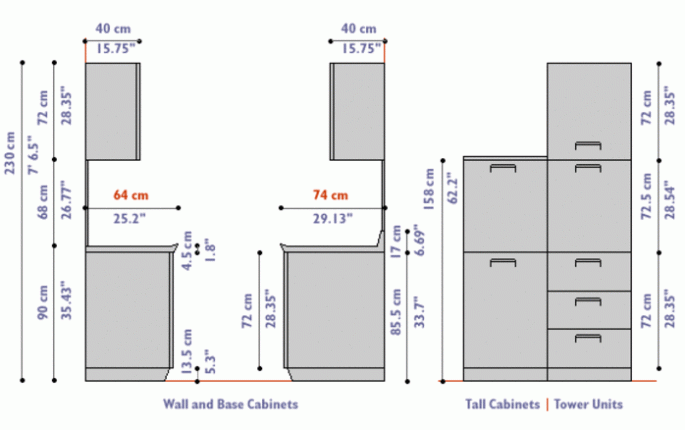
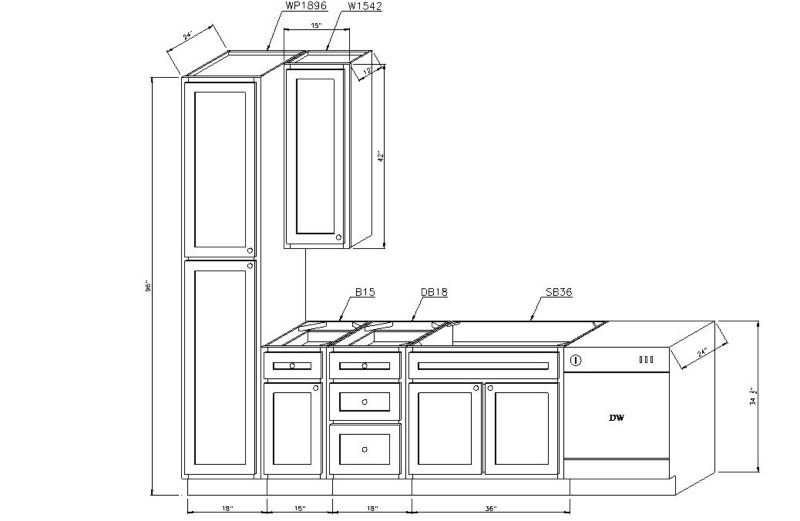
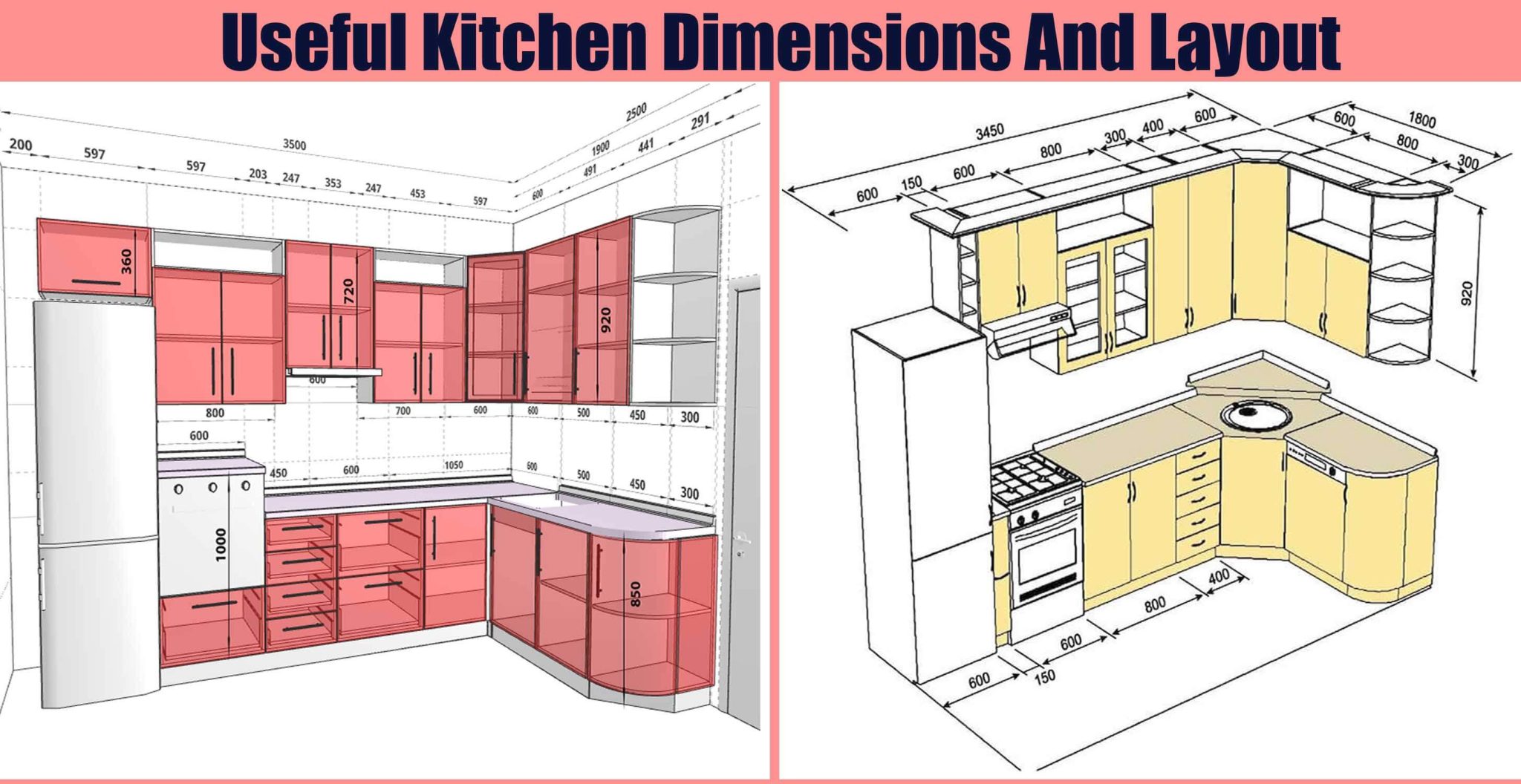




:max_bytes(150000):strip_icc()/guide-to-common-kitchen-cabinet-sizes-1822029_1_final-5c89617246e0fb0001cbf60d.png)
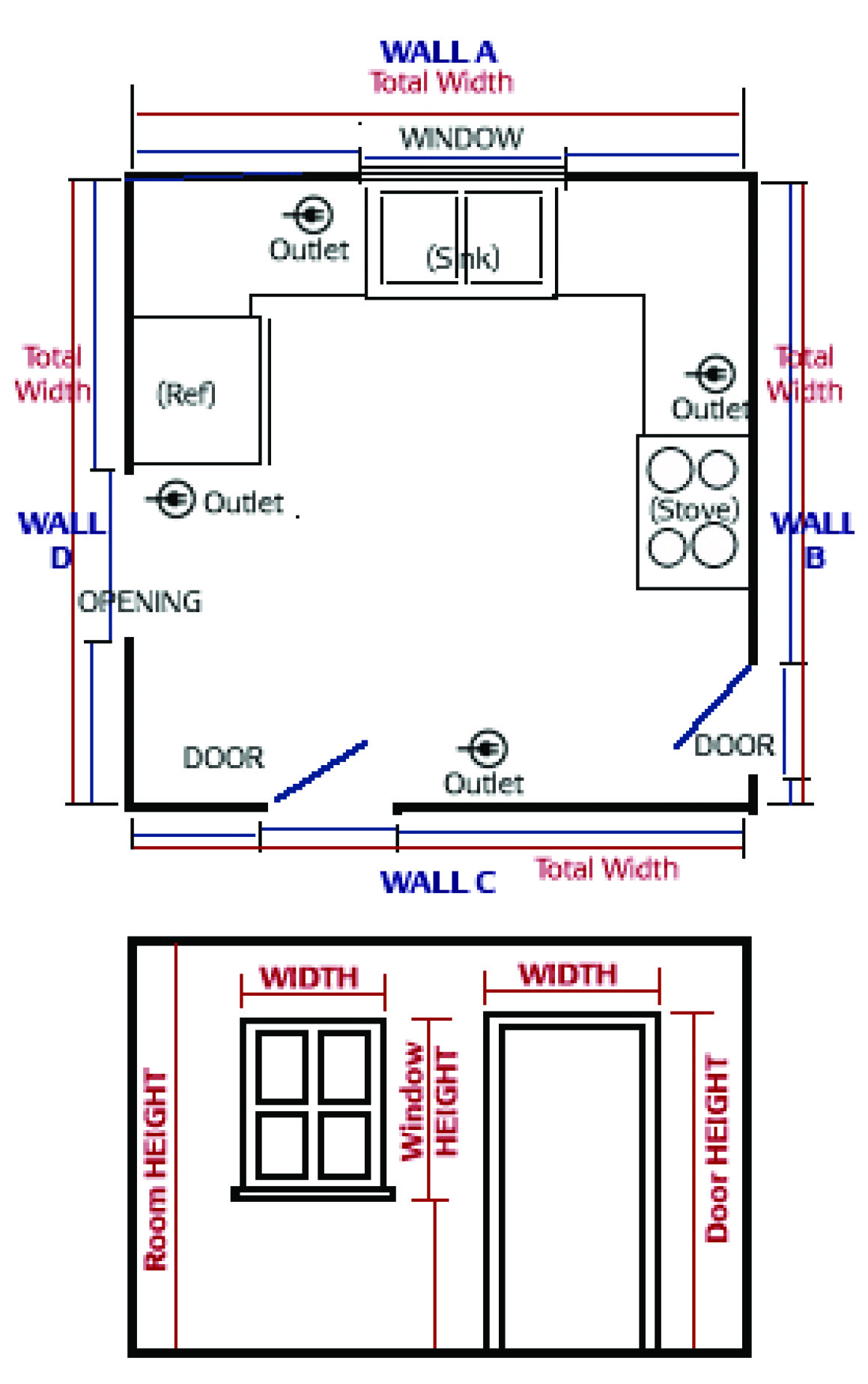



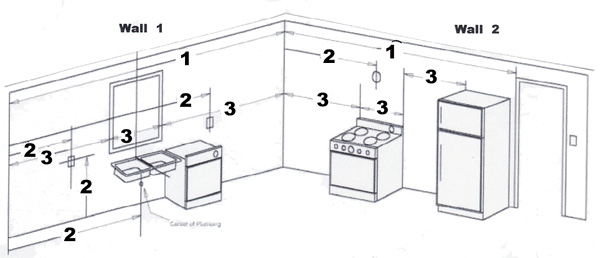



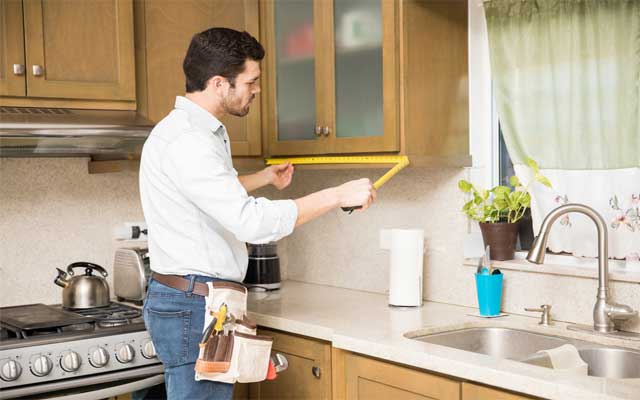
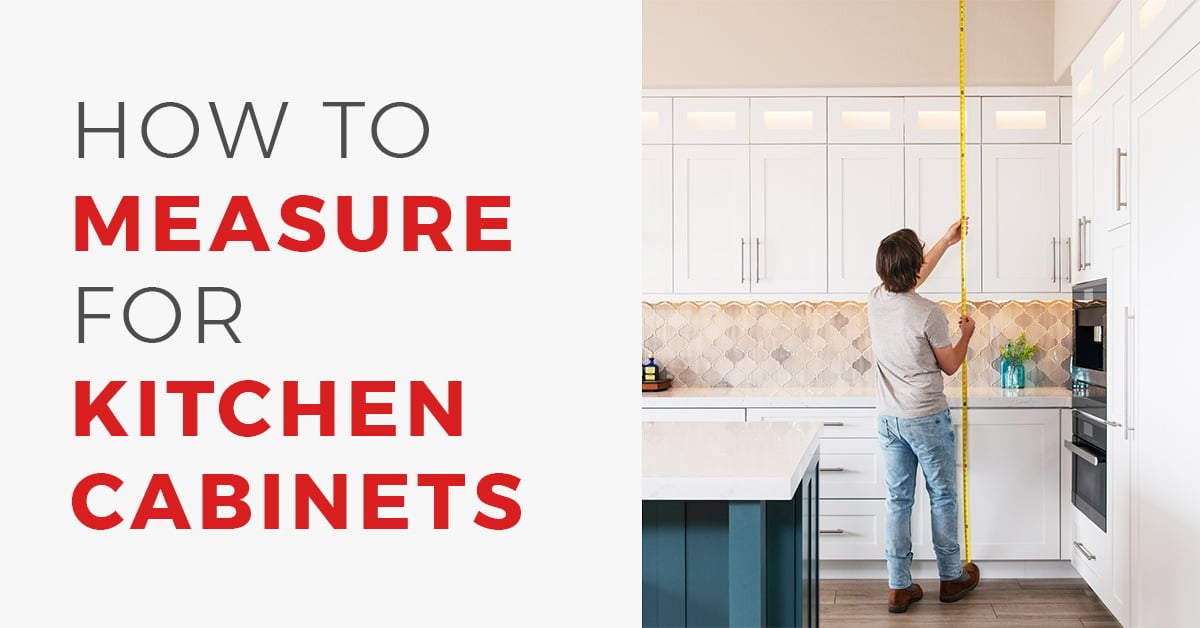

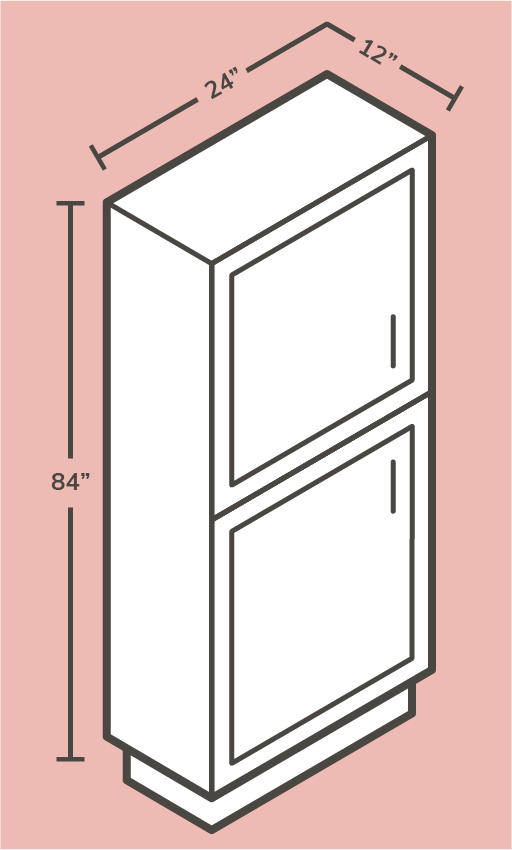


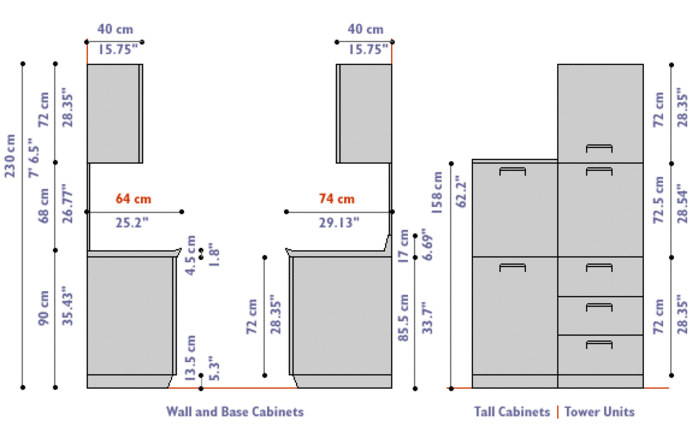
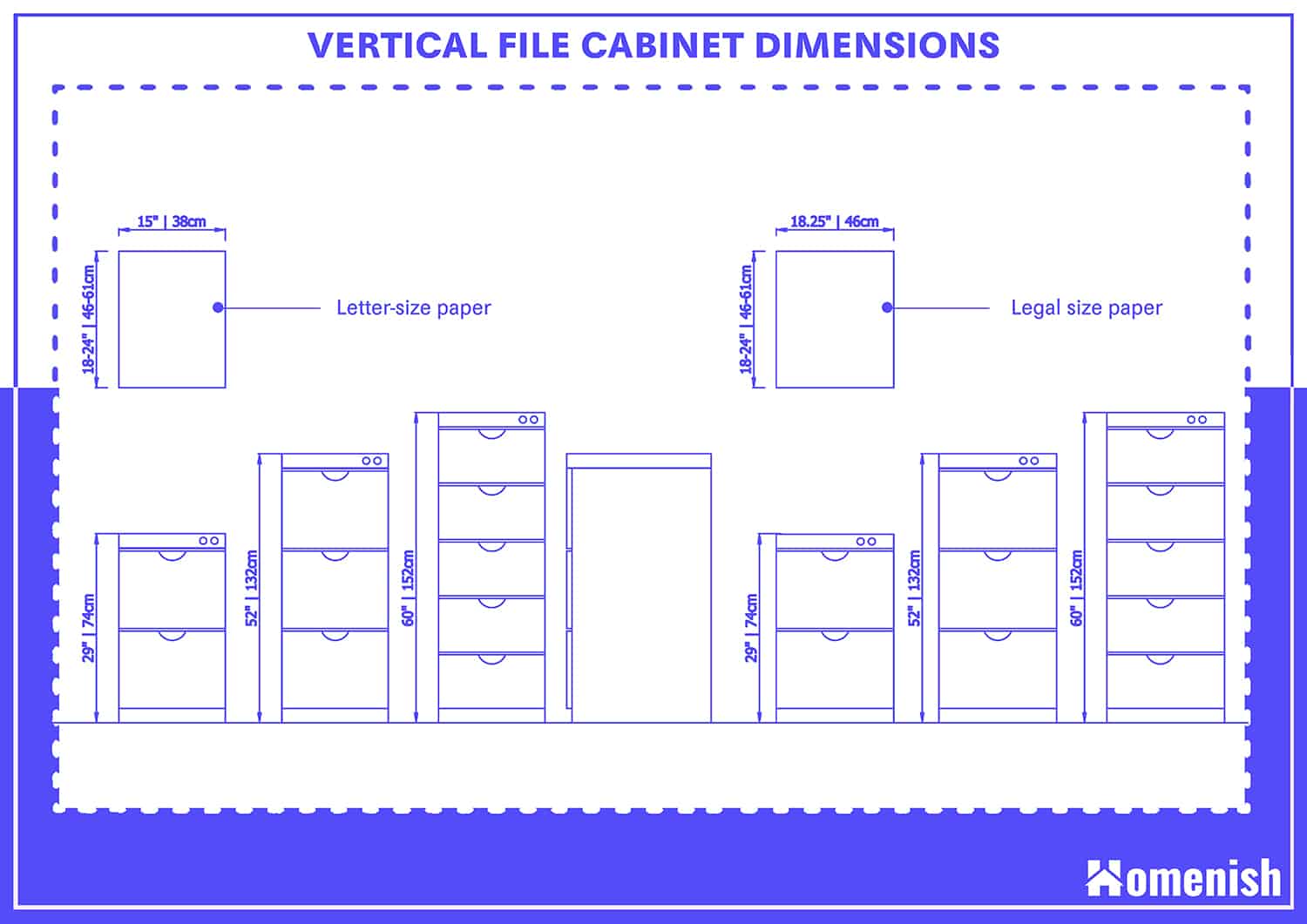


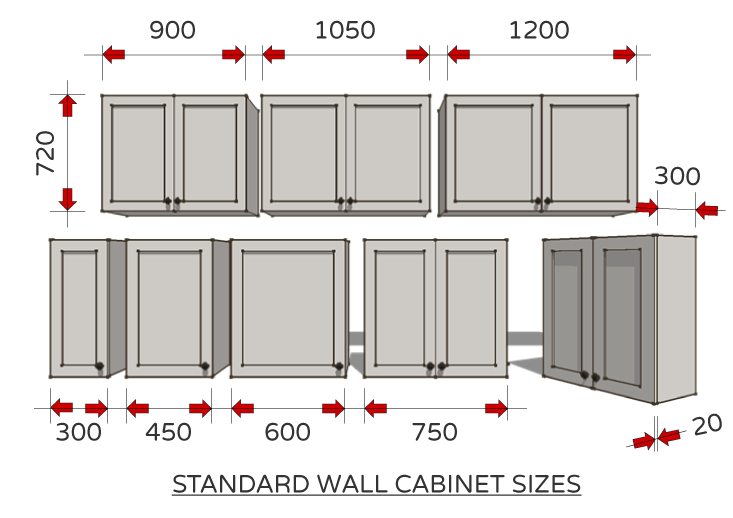
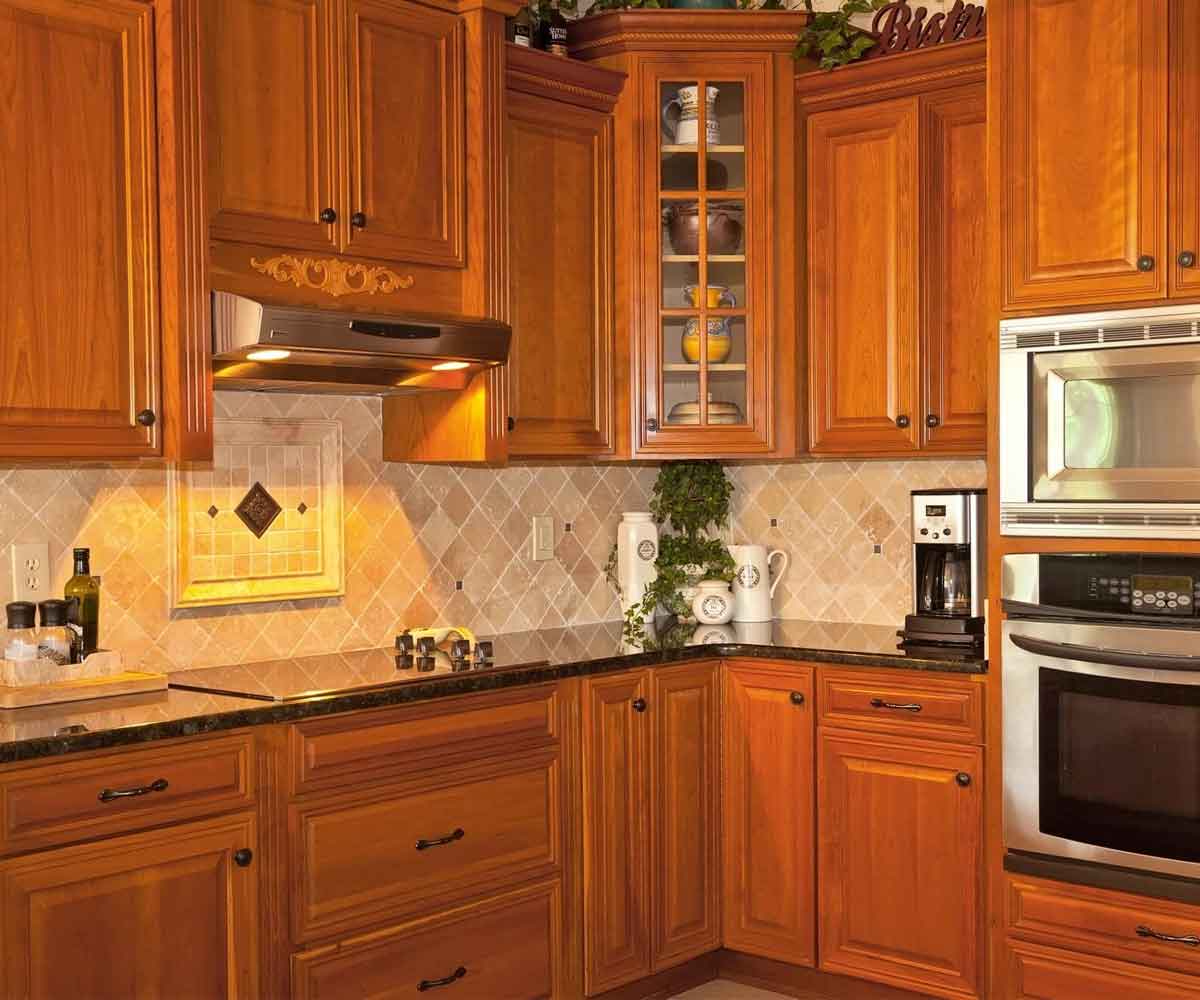














:max_bytes(150000):strip_icc()/guide-to-common-kitchen-cabinet-sizes-1822029_2_final-5c8961a8c9e77c0001f2ad81.png)
